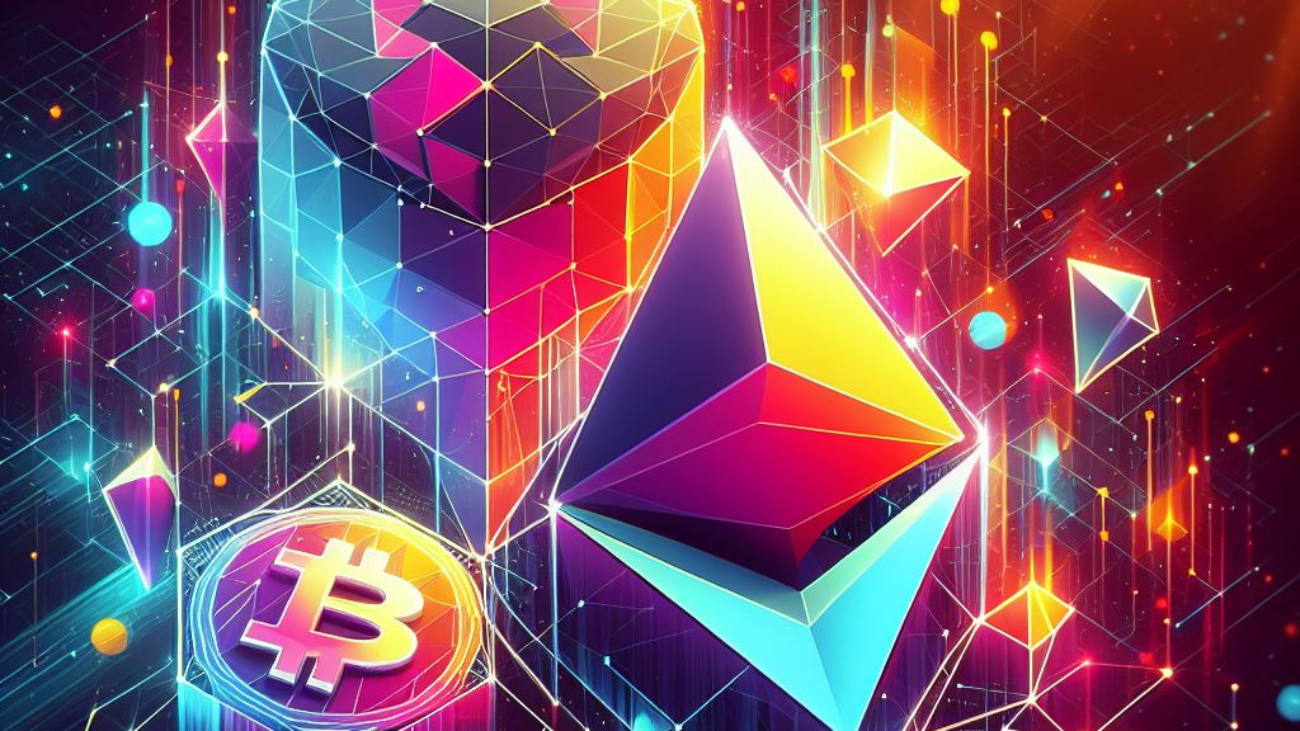In the ever-evolving world of blockchain, scalability is a top priority. With the ever-growing demand for decentralized apps (dApps), the load on blockchain networks has never been greater. Layer 2 scaling has been designed to reduce congestion and improve transaction throughput. One such Layer 2 scaling solution is Polygon, formerly known as Matic Network. In this article, we’ll take a look at Polygon’s comparative analysis and compare it to Layer 2 solutions. We’ll also look at its features, advantages, and limitations.
Understanding the solutions of Layer 2 Scaling
Layer 2 scaling protocols are protocols designed to improve the efficiency of blockchain networks by performing off-chain transactions. By doing this, they reduce the load on the underlying blockchain. This improves transaction throughput and lowers fees. Layer 2 scaling solutions usually run in parallel with the main blockchain, providing a quicker and more efficient way to execute transactions.
Exploring Polygon MATIC
Ex-Matic Network, now Polygon MATIC, is one of the most popular Layer 2 scaling solutions in the world. Polygon was built on top of the Ethereum blockchain and aims to solve Ethereum’s scalability problems by providing a platform to build and connect Ethereum-compatible blockchains. Polygon’s cutting-edge technology allows for smooth chain-to-chain interoperability, improving scalability and ease of use.
Advantages of Polygon MATIC
1. Scalability:
Polygon significantly improves Ethereum’s scalability by handling off-chain transactions, resulting in faster confirmations and lower transaction fees.
2. Interoperability
One of the key advantages of Polygon is its ability to integrate with different blockchain networks, allowing for cross-chain interoperability.
Security: Polygon operates off-chain, but it uses Ethereum’s strong consensus mechanism to ensure its security.
3. Developer-Friendly
Polygon provides a development environment with Ethereum smart contract support and developer tools to facilitate the development and deployment of dApps.
4. Community Support
Polygon has a strong and active community, with developers, users and investors supporting adoption and innovation in the ecosystem.
5. Comparative Analysis
Comparison of Polygon MATIC with Layer 2 Solutions
6. Optimistic Rollups
Optimistic rollups are another layer 2 scaling solution that aims to improve blockchain scalability by off-chain transaction processing. Optimistic rollups differ from Polygon in that they use optimistic execution, where transactions are first off-chain and then verified on the main blockchain to improve scalability. While Optimistic rollups offer scalability advantages, they may face scalability challenges such as transaction finality.
7. zk-Rollups
Zero-Knowledge Rollups use cutting-edge cryptographic algorithms to provide scalability and security on the blockchain. Zk-Rollups aggregate transactions into short proof-of-stake (PoS) statements, allowing for efficient transaction processing while protecting data privacy. However, zk-rollups may be more complex to implement than Polygon MATIC and adoption may be limited by regulatory concerns around privacy-protective technologies.
8. Sidechains
Sidechains are peer-to-peer blockchain networks that run in parallel with the main blockchain. Sidechains provide scalability by handling off-chain transactions and periodically locking data to the main chain for security. Sidechains offer similar scalability benefits as Polygon MATIC but may face interoperability and centralization challenges due to the need to maintain separate consensus mechanisms.
Conclusion
To sum up Polygon MATIC is a great solution to Ethereum scalability problems. It offers scalability and interoperability as well as security benefits. Other Layer 2 solutions like Optimistic Rollups and zk-rollups and sidechains offer different approaches to scalability. However, Polygon’s strong framework and dynamic ecosystem make it a leader in the race to blockchain scalability. The demand for decentralized applications will continue to grow, and solutions like Polygon MatIC will play an important role in defining the future of blockchain.
FAQs about Polygon (MATIC):
1. How can I acquire MATIC tokens?
MATIC tokens can be acquired through cryptocurrency exchanges that support its trading pairs. Users can purchase MATIC using other cryptocurrencies like Bitcoin or Ethereum or through fiat currency pairs, depending on the exchange’s offerings.
2. What is staking on Polygon, and how does it work?
Staking on Polygon involves locking up MATIC tokens in a smart contract to support the network’s security and consensus mechanism. In return, stakers earn rewards in the form of additional MATIC tokens for their contribution to network security and decentralization.
3. Is Polygon compatible with Ethereum?
Yes, Polygon is fully compatible with Ethereum, meaning that Ethereum smart contracts and dApps can seamlessly run on the Polygon network. It offers a bridge that allows assets and data to move between Ethereum and Polygon, ensuring interoperability between the two ecosystems.
4. How does Polygon handle security and decentralization?
Polygon leverages a Proof-of-Stake (PoS) consensus mechanism, where validators are responsible for validating transactions and securing the network. Additionally, the use of multiple sidechains and Plasma chains contributes to decentralization by distributing the workload across various validators and nodes.
5. What are some popular projects and dApps built on Polygon?
There are numerous projects and dApps built on Polygon, including decentralized exchanges (DEXs) like QuickSwap, yield farming platforms like Aavegotchi, gaming projects like Decentral Games, and various other DeFi protocols, NFT marketplaces, and social platforms.
6. Where can I find more information about Polygon?
You can visit the official website of Polygon, explore their documentation, join their community forums and social media channels, and follow reputable cryptocurrency news sources for updates and insights about Polygon and its ecosystem.


